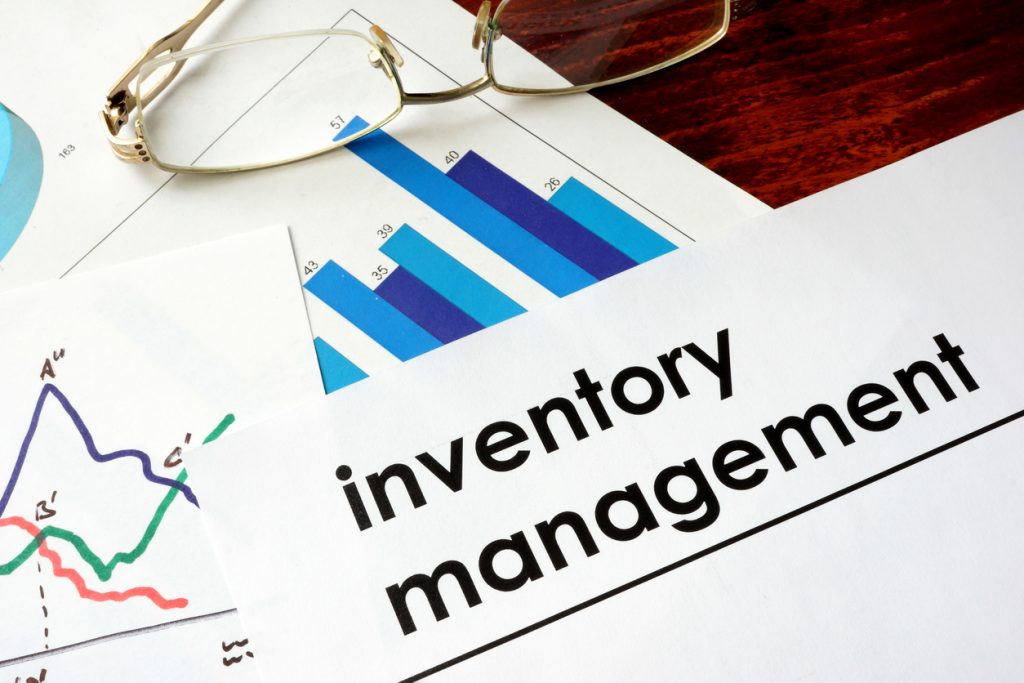Inventory management techniques are the methods of tracking, controlling and storing of stock along with finished goods for sale. Mismanagement of inventory can lead to wastage of time and labor resources, increase in storage cost, crunch in working capital, supply-chain disruption ultimately leading to a reduction in sale and customers.
For these reasons, it is better to employ inventory management techniques that can aid the management in minimizing losses and maximize profits.
Some of the best inventory management techniques to manage your stock:
1. ABC analysis
ABC analysis stands for Always Better Control. It aids in prioritizing the stock by three categories of :
- High priced inventory but less in number and low sales frequency (A)
- Medium priced inventory and medium in number and average sales frequency(B)
- Low priced inventory but large in number and high-sale frequency (C)
The products categorized as ‘A’ will be the ones that warrant the highest priority and the category ‘C’ is the least priority section. Once they are classified, it is better to focus on the ‘A’ section. ABC analysis answers the following questions about the segment A:
- Why there is slow movement?
- Is there a problem with pricing?
- Are the customers aware of the product?
- Is the product correct for the marketed customer segments?
- Does the product have a far-reach advertisement? And so on.
These questions help in forecasting the necessary need as overstocking will lead to a lock in the working capital and at the same time, have very less inventory of that particular product. Next the ‘B’ Category, these products come in the middle and also with the potential to make it to the ‘A’ or ‘C’ lists.
The ‘C’ products are self-sustainable, but the management should consider the profitability of these products. They should assess whether the product is generating profit and whether it is worth to keep selling them?
The ABC analysis is good for a business that wants to what type of stock has been sitting in the warehouse for a long time.
2. Just in time (JIT) inventory method
As the name suggests, this method aims to stock only the required materials needed to produce a whole product. It also has a variation “Just In case” where the companies hold a small number of materials in case there is a rise in demand. The JIT system aims for a “Zero inventory” situation by operating under the “Pull” system. This method sets off a cascade effect of intimating the production staff to stock the products required to assemble the finished product.
JIT aids the management in the following ways of :
- Minimizing supplementary costs of rent or insurance
- Reduces the risk of obsolescence
- Increases efficacy and inventory turnover
- Avoids cash crunch
- Identifies production errors are thereby eliciting an immediate
3. Fast, slow, and non-moving (FSN) analysis
This method is similar to ABC analysis where the products are classified as Fast-moving, Slow-moving, and Non-moving. In ABC analysis, the cost of the product matters whereas in FSN analysis time is the main criteria.
- Fast-moving stock takes the least amount of shelf space(Firm can increase the price)
- Slow-moving products take a specific time (reconsider the marketing and pricing strategies)
- A non-moving product is the stock present in the warehouse from the date of its procurement (the firm can decide to discontinue the product)
FSN analysis is best suited for firms wanting to know about the shelf-life of their stock.
4. Economic Order quantity
Economic Order Quantity (EOQ) otherwise known as an Optimum lot size is a method that takes customer demand, ordering cost, and holding cost to calculate the required inventory levels. It determines when the firm should order stock and at what point of time they should order. It is the best approach for firms that are looking to minimize their inventory-related costs and have accurate forecasting reports.
5. First In First Out (FIFO) and Last In First Out (LIFO):
These inventory management techniques are basically accounting methods that help in inventory management. The FIFO method principle is that the first item on the inventory is the first one to go out. This system gets rid of the oldest inventory.
In the LIFO technique, the last in is the first out meaning the latest inventory is the first one out. The FIFO process is suitable for businesses that deal with perishable inventory management, and LIFO system is for non-perishable items.
The above-detailed inventory management techniques facilitate in maintaining the exact levels needed by an organization to carry out its process smoothly. As customer and market requirements change, so will the inventory systems. There are many kinds of inventory software that integrates these methods with cloud access. ZapInventory is one of them that let you manage your firm’s inventory in real-time and access them from anywhere with a click of a button. Click here to find out more about ZapInventory and how it will suit your inventory needs.
Image credits: Prism Visual Software

 Start using ZapInventory today
Start using ZapInventory today

1 Comment